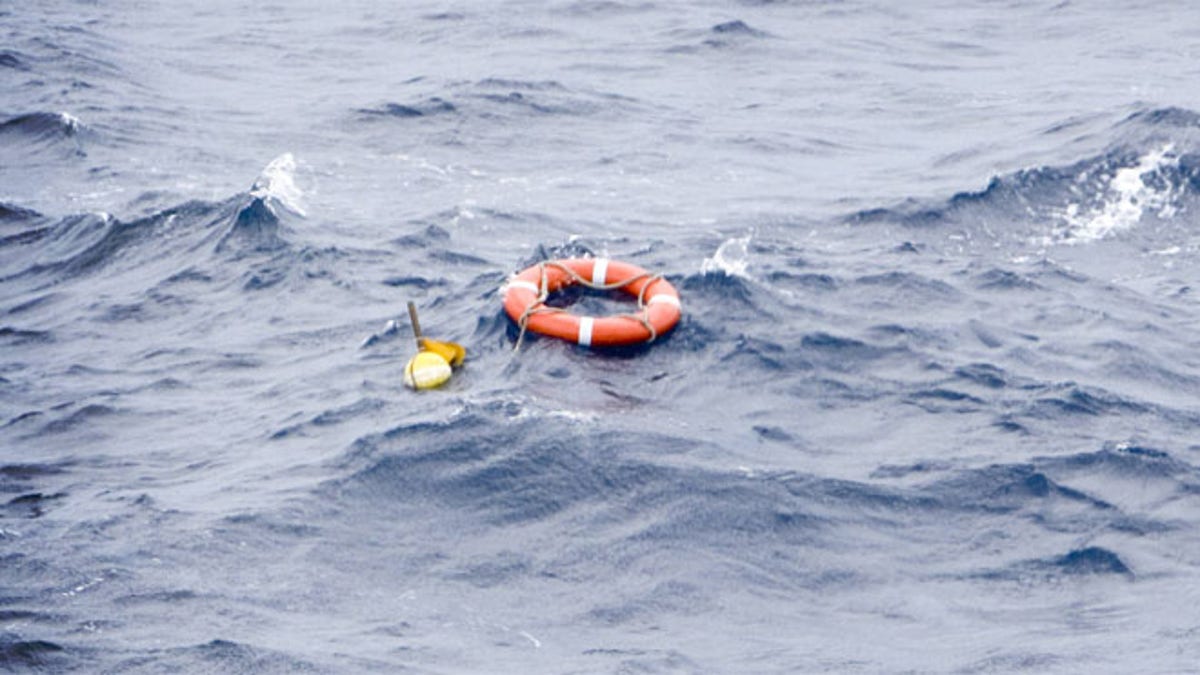
There have been only 245 MOBs in the last decade. (iStock)
The only thing harder than falling off a cruise ship is surviving the fall. But it does happen.
It happened in January when a 22-year-old passenger on Royal Caribbean’s Oasis of the Seas went overboard off the coast of Mexico. After passengers and crew on a passing ship, the Disney Cruise Lines Magic, heard his cries for help, a lifeboat was deployed and the man was miraculously saved.
According to CruiseJunkie.com, which tracks incidents at sea, there were 22 man-overboard (“MOB,” in cruise line parlance) incidents last year. And when you consider that 22.1 million people took a cruise vacation last year, that number is literally one in a million.
There have been only 245 MOBs in the last decade — a significantly lower rate than in the private vessel industry, where a combination of fishing and alcohol is usually at the heart of accidents.
Michael McGarry, senior vice president of public affairs for the Cruise Line Industry Association, says man-overboard incidents are rare on cruises that are operated by the major lines.
“People don’t just fall off a cruise ship,” he says. “In every case where the cause was established following a careful investigation by the authorities, it was found to be the result of an intentional or reckless act.”
Miami-based maritime attorney Jim Walker, an industry watchdog, says man-overboard incidents are not simple cases of “falling” or getting swept off a deck by the wind.
“In my assessment,” he said, “alcohol is involved in about 40 percent of the cases. Ten percent are suicides. The remaining 50 percent are mysteries with a high percentage of these cases involving foul play. The most likely scenario we have seen are men throwing women overboard.”
Cruise lines design their ships with a number of features to prevent these occurrences.
“Uniform minimum railing heights and balcony heights, structural barriers along with many other safety measures prevent passengers who are acting responsibly from falling off a cruise ship,” McGarry said.
In 2010 the United States Coast Guard put into place the Cruise Vessel Safety and Security Act, which regulates railing heights and the training of crew members who respond to these situations.
The response includes a variety of actions, according to Erik Elvejord, a spokesman for Holland America Line:
• The bridge, where the captain is located, is notified.
• Sailors are deployed to the nearest deck to assess the situation, and a lifeboat is readied.
• In order to perform a rescue, the ship needs to be slowed down and often turned around.
• Local authorities are notified.
Searching for someone who has fallen from a ship isn’t easy, and speed is essential.
"We have a fast rescue boat that can move quickly," Elvejord said, "but everything would depend on slowing down and distance to someone noticed."
But Walker says ships can do more to prevent these incidents, including the installation of motion sensors and thermal detection systems that would set off alarms when someone goes overboard.
In addition, the Coast Guard is considering new rules for investigating crimes on cruise ships under which ships would face new security protocols, including installing systems to detect when passengers fall off ships.




















